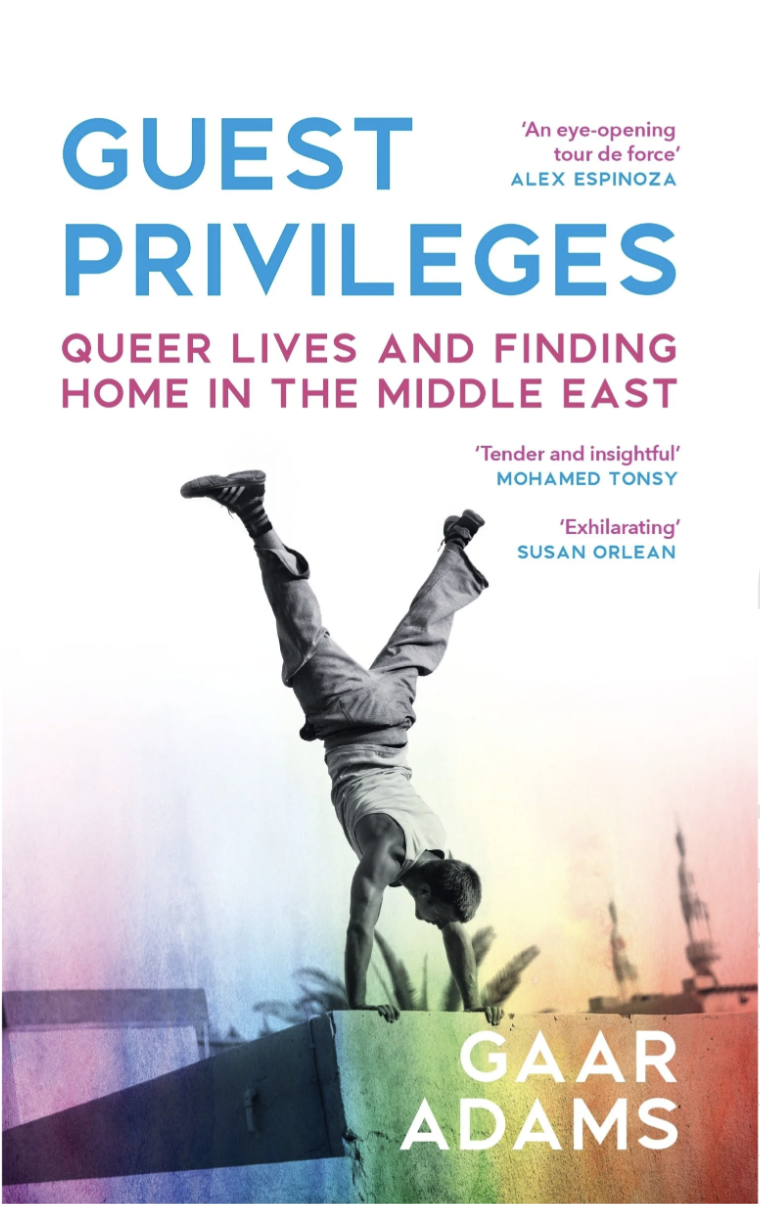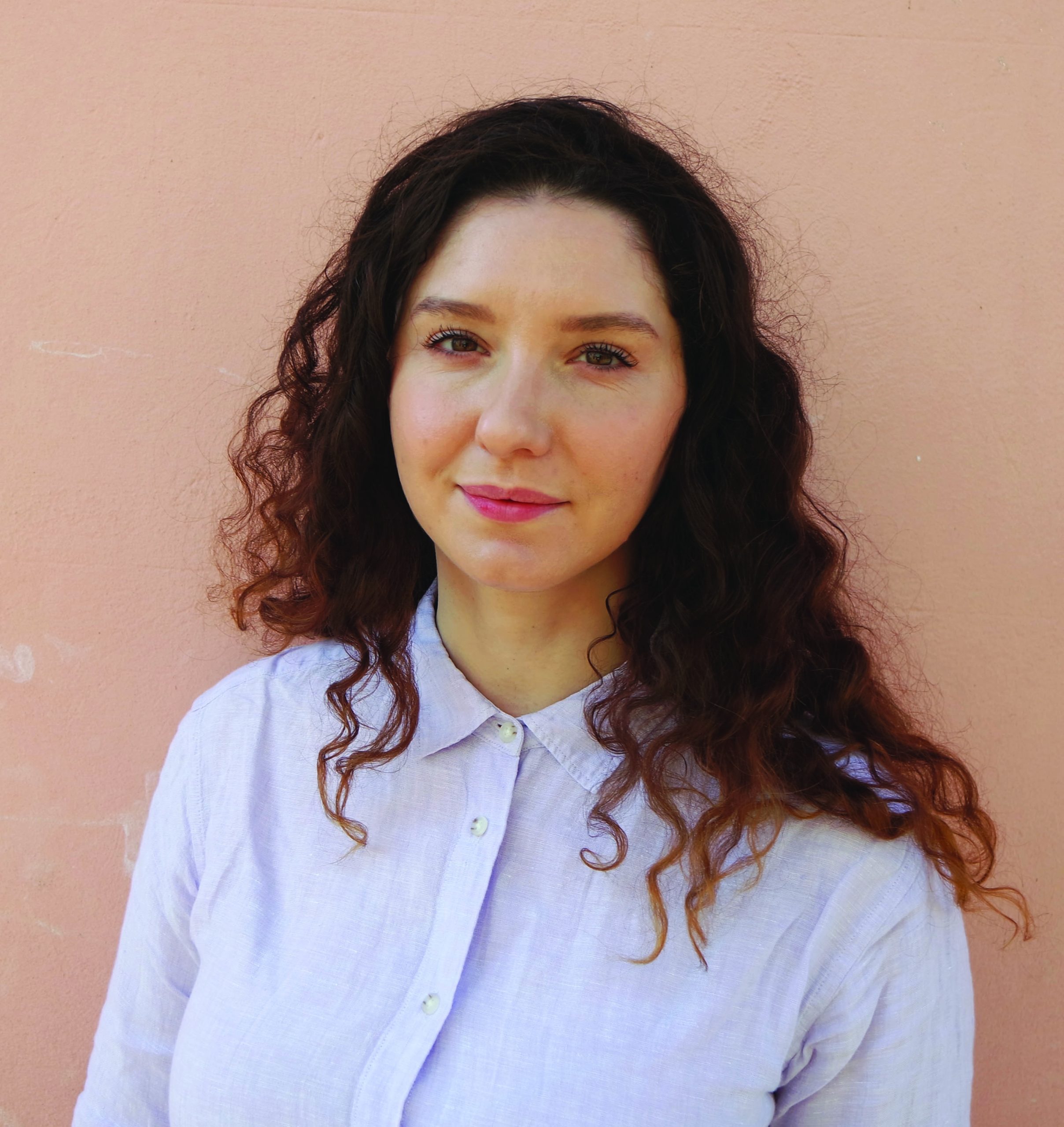I began The Ordinary Acrobat, Duncan Wall’s memoir of an education in the circus arts, with a limited frame of reference. At age six or seven, I had attended a touring circus stop in the Twin Cities, but I remember the event mostly for my first encounter with shelled peanuts, which didn’t seem worth the effort. The experience is not unusual, as Wall suggests in his book. He admits to watching his first circus performance “with a mixture of confusion and boredom.” Wall did not begin to explore the circus until many years later, after a chance visit to un cirque modern during a stay abroad in Paris. The “blood rush of big feeling” that followed led him to study the forms and the history of the circus at France’s École Nationale des Arts du Cirque, a rigorous training program for aspiring performers.
Wall’s memoir retraces his learning curve as he attempts to juggle and tumble among the elite. It also outlines the path of the circus arts through the centuries—the consolidating of different traditions, the periods of innovation and disruption, and the reputational wax-and-wane that led to the innovations of the modern circus. The book’s title is perhaps a little misleading—Wall concluded his education at École Nationale des Arts du Cirque not by becoming acrobat but by becoming one of North America’s most visible theorists and advocates for the circus arts. Wall also serves as the National Director of Circus Now, a community-building organization, and teaches circus history at École Nationale de Cirque in Montreal. We spoke about narratives in the circus and Wall’s narrative of the circus.
***
The Rumpus: Your book is one of the higher-profile pieces of writing on the circus in recent years. What sort of responsibility did you feel in steering a dialogue about the circus or managing people’s impressions?
Duncan Wall: Before writing the book or after the book came out?
Rumpus: While writing, let’s say.
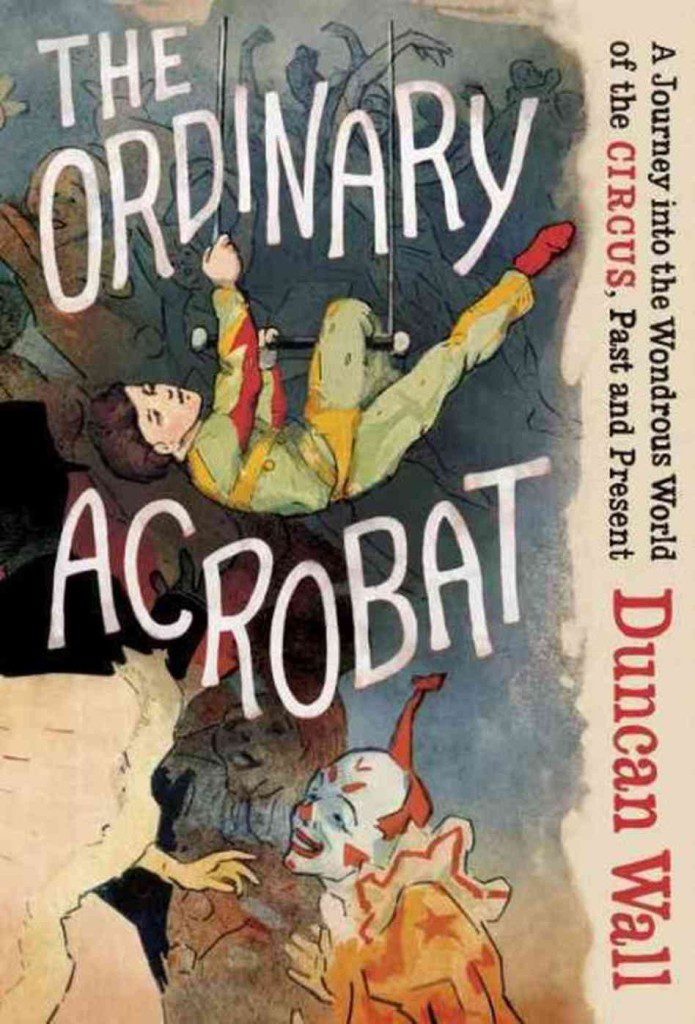 Wall: Part of the point of the book was to present a larger narrative of attitudes about the circus in the world. So in that sense, I felt a pretty big—I wouldn’t say obligation, but a kind of attention toward the issue of circus perception. One of the things I found while I was traveling, researching the book, was that people have all sorts of perceptions of the circus, in all sorts of geographic areas. In Europe right now, it’s considered a highbrow art form. And in America, some people think of it really poorly; some people revere it, build their lives inside it.
Wall: Part of the point of the book was to present a larger narrative of attitudes about the circus in the world. So in that sense, I felt a pretty big—I wouldn’t say obligation, but a kind of attention toward the issue of circus perception. One of the things I found while I was traveling, researching the book, was that people have all sorts of perceptions of the circus, in all sorts of geographic areas. In Europe right now, it’s considered a highbrow art form. And in America, some people think of it really poorly; some people revere it, build their lives inside it.
What I think I was trying to do—and I’m not sure I realized this at the time—was to make some kind of consistent narrative. And to show how this one art form was, in a sense, divvied up into so many reputational categories.
Rumpus: How has the reception been in the circus community so far?
Wall: Great. It’s sort of hard to tell anymore because from the work we ended up creating a national community of circus people who love the circus. That’s called Circus Now. We actually just had a big festival in Chicago, the Chicago Contemporary Circus Festival. And Circus Now organized a bunch of workshops, panels, and tried to bring in a national community. And that has really been a grassroots mobilization effort around building a circus community. That’s having an effect.
The book gets wrapped into that, to an extent. People know the book, they read it, they respond to it, but it’s an interesting lesson to me as a writer and as an organizer—to see how those two things reflect each other. Or sometimes they don’t.
Rumpus: When did the thought of a memoir first come to mind?
Wall: I don’t know. I think it was just having the experience itself. I didn’t really go into the experience thinking it would be a memoir. Really, I was just curious about the circus in Paris and wanted to go explore it. Afterward—not even immediately afterward—I came back, and…I’d been taking a bunch of notes, thinking I’d write a magazine article about the circus, that I’d interview people and process that experience for myself. Then, after the fact, I thought, ‘Wait a minute. Maybe this is more than a magazine article. It might be a book. And people might be interested in understanding the circus through my experience.’ At that point, I thought maybe I had a bit more to express.
Rumpus: One thing that impressed me, with that in mind, was the level of detail—your depictions of interactions with your various mentors. Can you describe the process of putting those scenes back together? How well documented were they at the time?
Wall: The irony is that those scenes were much more well-documented. Again, I thought I might write a magazine article, so I was taking notes on the interviews, I was taking notes on them as people…profiles, almost. The harder process was going back and trying to renovate my own experience, dig that out. Which I hadn’t taken such detailed notes on.
Rumpus: The narrative through-line?
Wall: Yeah. And it was funny—in terms of writing in the first person, I had a lot of learning to do. Even in describing the process of learning to do something simple, like a backflip on a trampoline. When I’m doing that, it almost feels rote, like a gymnastics class. Part of the process is figuring out, Okay, what might be interesting about this experience? And I guess there is always something interesting if you’re looking at it from the outside. And then I had to just take enough notes to get at what that [interesting aspect] might be.
Rumpus: The memoir ends before the point at which you started teaching circus history, and I was wondering if you could talk a little about the steps that led you from circus student to circus teacher.
Wall: I guess the process was the book itself. There’s nobody I know in North America who’s gotten a Ph.D. in circus. There aren’t that many people who are qualified to be teaching about circus aesthetics and history. So I actually ended up on the board of directors for the American Circus Organization because of my connections and my knowledge about the circus, and I was in Montreal for the big contemporary circus festival they do every summer and just happened to have a meeting with the communications director of the National Circus School.
We started talking, he said, “You seem like you know a lot about this stuff, you seem like you know this subject well,” and they were looking for a teacher. The joke I like to make is that it’s really the only place that would hire me in North America, after my experience. I ended up being a circus theorist—not exactly in high demand.
Rumpus: In the book, you dismiss certain distinctions people make between the circus and theatre, but in teaching circus history, do you find yourself having to make more concrete choices about how you define the form?
Wall: I do to an extent. This year, I teach a class called “Context and Influences,” and we took about two classes—the whole class together—to try to figure out the distinction between circus, theatre, and dance. To try and come to some concrete understanding of what we were really talking about. Even since then, I’ve done more writing about—when we’re really talking about the circus, what do we mean? How do you boil it down this precisely? And it’s still hard; it’s still weird. And I know people who have been thinking about it for way longer than I have, and they’re still trying to figure out what it is about this art form that makes it specific and uniquely powerful.
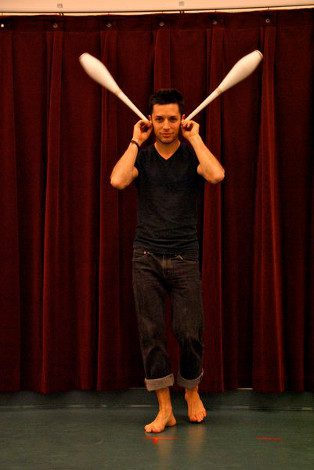
Rumpus: I imagine the students are something of a self-selecting group. Have you found there’s a base level of knowledge they all have? Or are their impressions as students of the form all different when they come in?
Wall: The differences between their impressions and their understanding of the circus are way broader than I ever would’ve imagined. I have one kid who’s a gymnast from Vancouver, who just loves doing backflips. So that’s how he ended up in my class. Once you reach a certain age, there aren’t that many professional possibilities for doing backflips, so he ended up at circus school.
And then, one of my students was the nephew of one of the most revered circus artists in France. His uncle had been practicing contemporary French circus for twenty-five years, thirty years. So he was literally raised in the philosophy of circus, a real aesthetic understanding of the possibilities of the art form and the ways in which meaning is codified in the circus. He could talk about it in ways that put me to shame. So in that sense, it’s really a reflection of the state of the circus today. The differences between the different aesthetics, the different attitudes geographically toward the form.
Rumpus: Is their education fairly comprehensive? Will the Vancouver gymnast be taking clowning courses?
Wall: Some. They’ll dabble. Not tons. It’s comprehensive in the sense that they take a literature class, they take a philosophy class, acting and dance. Comprehensive compared to most other schools of physical training. But you pick a specialty. He’ll do aerial, let’s say. And then you’ll often have a minor, so he could minor in, say, juggling. But you still spend a lot of time working on your technique. That varies a bit from school to school. The school in France I went to would be much more diverse in terms of what it allowed the students. You could do a sort of generalist training; we had classes in sculpture, music, which we don’t have much of in École Nationale de Cirque.
Rumpus: Since circus performances can be captured and shared digitally now—you touch on this a bit in your book—do you believe the technology will settle the question of the circus as a space versus the circus as an assembly of forms?
Wall: Hmm. The implication being that because you can experience circus outside of space?
Rumpus: Right.
Wall: Maybe a bit…I actually feel like that question has been superseded by the panoply of work. To say the circus is either one of those things is just not possible anymore. There’s just so much circus out there, so many different types. And yeah, I think the technology could contribute to that a bit, but I think the technology’s allowing us to see the diversity at work. You can see that there’s so much circus that exists outside of a single kind of codified space. You can see that there’s so much circus that’s not diverse in the way we think of the circus as being classically diverse.
In that sense, it’s amazing, what I watch my students go through. My job as a teacher is, to an extent, to get them thinking about the circus, but I also show them a lot of videos. To get them in front of as much work as possible.
Rumpus: Has the Internet changed the culture of the circus even in the time since you were a student?
Wall: Yeah, big time. A juggler can now see jugglers in the world doing certain things. The bar is higher, right? And the level of creativity is higher. You can’t just think you’re the best anymore. There’s always somebody out there who’s doing something more technically progressive, more artistically progressive than you.
With regard to Circus Now, the national community we put together, that just wouldn’t have been possible ten years ago. So the idea that a circus person could exist feeling kind of alone? Which is actually how a lot of people felt for a long time—they felt marginalized, they felt that they had this particular kind of passion alone, in the middle of Kansas or whatever—that’s going away. We hope it’ll go away completely in the next couple years.
Rumpus: You mentioned making meaning in the circus earlier, and I wanted to ask—the extent to which different circus arts focus on storytelling seems to vary both across disciplines and across history. In your view, to what extent is the circus a narrative art form?
Wall: I’d say hugely a narrative art form. We actually had a pretty interesting panel at the Chicago Contemporary Circus Festival talking about the role of dramaturgy. You know, dramaturgy, narrative, and the direction of the circus. I think of dramaturgy as being a theatrical kind of technique—it’s basically structure: “How do you structure a theatrical piece?” And I think of the circus in that sense—there’s always structure, there’s always a narrative that you’re bringing the audience through. And that narrative might be classically act-based, it might be about a character that you’re following, but it might also be emotional, it might also be architectural, it might also relate to space and color.
So, you know, in the sense that dance can be talked about as a narrative art form, I think the circus can, too. I guess the most basic definition of narrative is change through time, right? In that sense, it can’t help be narrative.
Rumpus: I want to read a quote from your book: “The circus, I came to understand, was a kind of connoisseur’s art. To fully appreciate it, you have to know the forms, either through experience or exposure.” Do you think it’s possible to once again be a popular art, or do you think the circumstances that allowed it to be a popular art form in the past are specific to those periods?
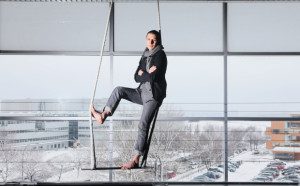 Wall: It’s funny, because recently, it’s at once that: a connoisseur’s art that in order to really get, you need all sorts of knowledge, like jazz or conceptual art. But on the other hand, it’s the most immediately understandable art. I think the circus was so powerful for so long because it’s just easy to plug into. People doing something spectacular with their bodies is inherently…at least attractive.
Wall: It’s funny, because recently, it’s at once that: a connoisseur’s art that in order to really get, you need all sorts of knowledge, like jazz or conceptual art. But on the other hand, it’s the most immediately understandable art. I think the circus was so powerful for so long because it’s just easy to plug into. People doing something spectacular with their bodies is inherently…at least attractive.
I think you see that with Cirque du Soleil. Cirque du Soleil sold more tickets last year than all the shows on Broadway combined, and sold them to people who were from all different kinds of…if not economic strata, than lots of different geographical strata. And I think that’s because it’s a circus. Because when you go to a Cirque du Soleil show, you can immediately plug in. If you can fully understand everything, if you can fully appreciate the level of technique and of artistry? That’s going to be an issue with every art form. But certainly more than, say, modern dance, I think the modern circus has something for everybody.
Rumpus: Your book also mentions the French government’s measurable, monetary support for the circus—the serious attention to it as a cultural form. Being U.S.-born, do you think the lack of that sort of government support precludes this sort of circus renaissance in the U.S.? Is it possible?
Wall: I don’t know if it precludes it—I wouldn’t say it’ll never happen—but it certainly makes it a lot more difficult. What we’re seeing now in the States is a huge number of schools in North America, a number of private organizations teaching circus classes, because you can make money doing that and because it’s where artists tend to get channeled in order to survive. But I don’t think that has to stay that way forever. Ultimately you’re going to build up a grassroots pyramid of schools and an educational network that’ll be creating performers that are world-class.
I actually just saw a grade-A, world-class circus performance this past weekend, a company called the Ricochet Project. They were so physically impressive, and had spent so much time working on their technique, and also had a real artistic vision. They were just saying something incredible through the work. These were guys who have been struggling for years, who have lived in Mexico in a church, have traveled to India, studied ancient techniques, and basically had to bootstrap it all the way. And they still figured out how to do it. So I still think it’s possible. And one of our goals with Circus Now is to give people more artistic support, to help performers get seen and have opportunities to make work. [Ricochet] still managed to do it—I think there will always be others.
Do I think we should have more arts support in America? Hell, yeah.
Rumpus: I did want to get at this—I was struck by your book’s mention of Nepalese children being kidnapped into Indian circuses, both because of the alarming nature of the detail and because the book hadn’t [otherwise] touched on those contemporary, everyday human rights abuses. Can you lend any context to this? How common it is?
Wall: That specifically is pretty rare. Those Indian circuses are pretty off-the-grid, still. To monitor those effectively is hard. That said, the fact that the organization that goes in and rescues those kids exists is important. That’s the only case of that specific kind of human rights abuse I’ve heard.
In educational systems around the world, though, there are what we in the West would consider human rights abuses: kids get beaten sometimes if they don’t train well or don’t train correctly. There’s all sorts of corporal punishment in circus training, still, in certain parts of the world. As a global community, I think we’re working hard to show those educators that it’s maybe not the most effective way to train their kids. Of course, you can’t walk into another country and tell them you know their culture better than they do.
Rumpus: In teaching circus history, how do you present the origins of the circus? The circus as that composite art that started a few hundred years ago or a broader view?
Wall: I’ve actually started just stealing a metaphor that Pascal Jacob uses. He talks about a tree. He says that the roots of the circus—you get the PowerPoint image of the tree with roots that extend to the ground—those are the circus arts. They’re dispersive and they go way back. You don’t quite know where they end. And they come together into this solidified form in 1768. That becomes the trunk of the tree—hard, in the same way that the circus was hard and kind of codified, and circular, in the way it had that circular form. Then that goes up for two hundred years. Then in 1968, the form proliferates all over again. It explodes into branches.
He of course likes to go on and say, “And then maybe a fruit will fall, and nourish the ground, and a whole new art form will be built up, from a new set of roots up to a new set of branches.” And I think that might be true. We really don’t know where it’s going now, which is what makes it so exciting to be part of the community and part of the art.
***
Featured image of Duncan Wall © by Sarah Fishbein.
Third image of Duncan Wall © by Christinne Muschi.

